Claim Your Bonus +4 FREE Solar Panels with All Residential Solar Installations. Get Started
Claim Your Bonus +4 FREE Solar Panels with All Residential Solar Installations. Get Started
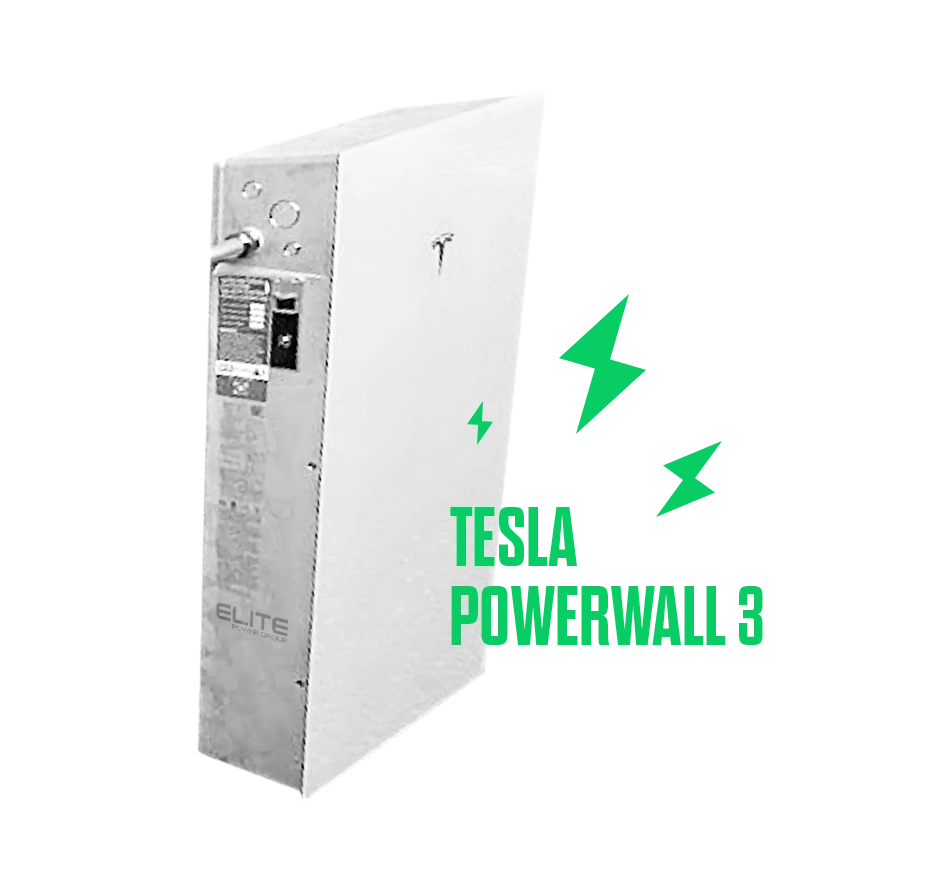
Tesla have announced that in early 2024 they will be releasing the new Powerwall 3 battery storage system, which is causing shockwaves in the energy storage world.
Many are wondering how the Tesla Powerwall 3 will fit in comparison with the Powerwall 2, with the new solar capabilities and other useful features. Will the Powerwall 3 replace the Powerwall 2?
Official Tesla Powerwall 3 specifications here.
The Tesla Powerwall 3 has a built-in PV (Solar) inverter. This inverter has 6 Maximum Power Point Trackers (MPPT's) which means that 6 separate PV arrays can be connected which is very useful for situations where a variety of different facing and sized roof surfaces must be managed.

The Powerwall 3 has the same energy storage as the Powerwall 2 (13.5 kWh) but the Powerwall 3 has a
higher power rating which can charge and discharge much quicker. In this respect, the image of the Powerwall 3 nameplate is confusing. Under
the heading of Maximum Continuous Output Current (Power at 240V) there are 4 boxes:
o 24A (AC) [5.8kVA]
o 32A(AC) [7.7kVA]
o 40A(AC) [9.6kVA]
o 48A(AC) [11.5kVA]
Usually, nameplates in this format allow for the appropriate box to be ticked by the manufacturer to indicate which particular value
applies to that unit.
Does Tesla intend to have sub models with power ratings stretching from 5.8kVA to 11.5kVA? Looking
further at the nameplate we see that the Maximum Continuous Input Power is 5kVA.
Note in the above, reference is made to the unit’s kVA and kW. A discussion of the difference is beyond the scope of this article but considering them “roughly” equivalent units of power will suffice.
No, the Tesla Powerwall 3 will not replace the Powerwall 2. The Tesla Powerwall 3 will not be able to be used in retrofit situations, as the
on-board PV inverter eliminates the need for an external inverter, so the Powerwall 3 is to be used in new installations without Solar inverters,
whereas the Powerwall 2 will continue to be the choice for existing solar systems.
Because of the usefulness of both batteries for certain applications, one would expect Tesla to continue to manufacture the Powerwall 2
alongside the 3.
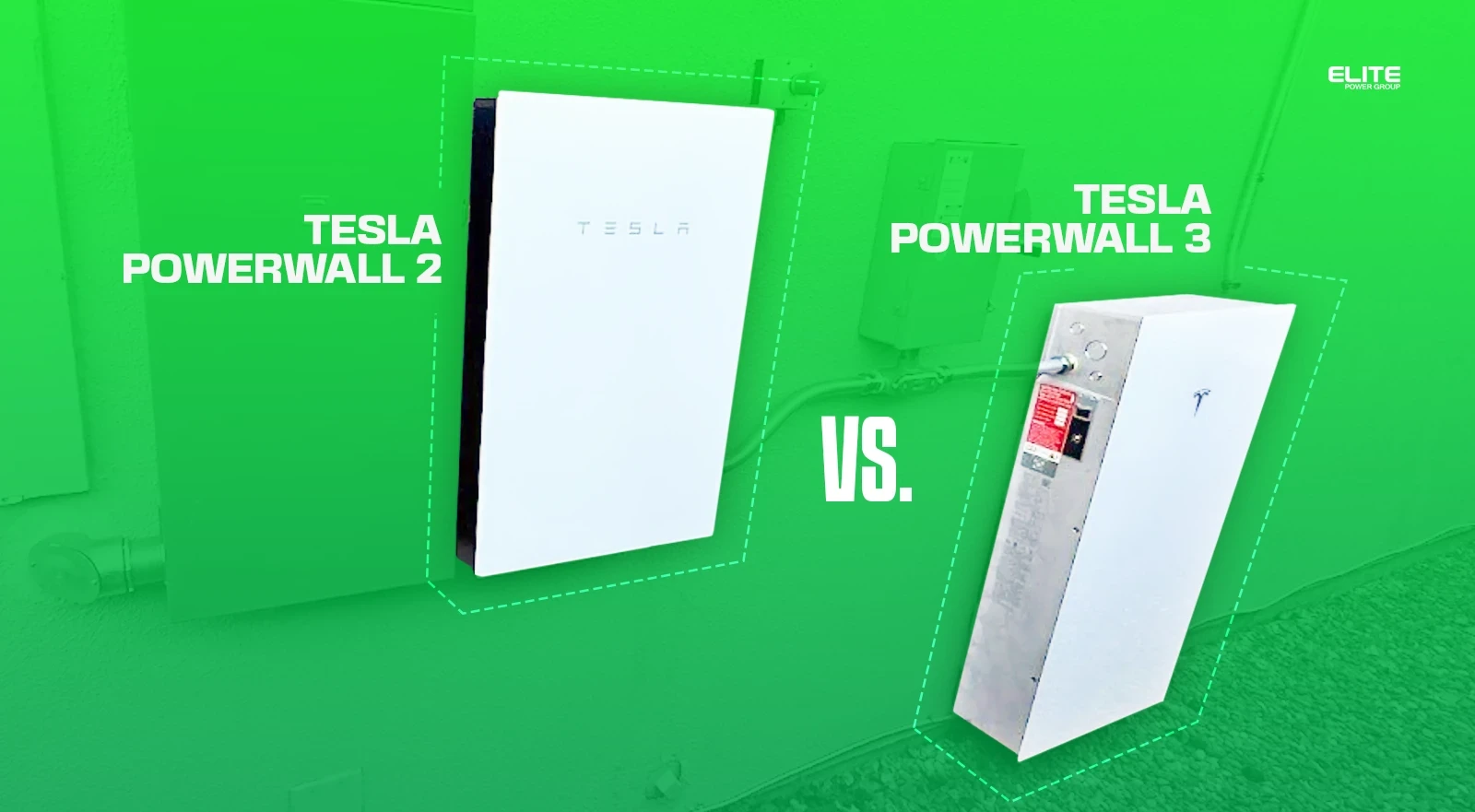
Tesla's new Powerwall 3 is designed for new homes with its built-in inverter, whereas the Powerwall 2 is designed for retro-fits in existing homes.
In continuing both models they have covered both bases. One attraction of the PW3 is that having everything in the one box, however both Powerwall 2 and 3 will continue needing a Gateway for energy management.

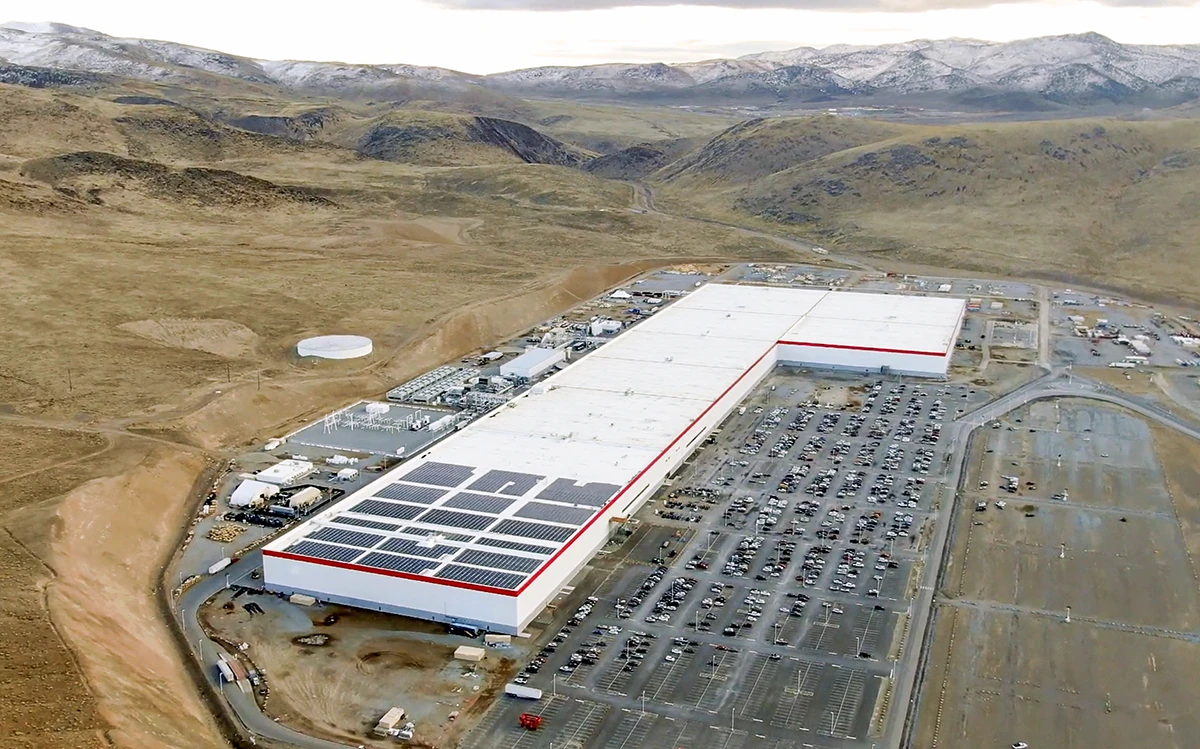
Tesla doesn't spend money on advertising their products. Rather it uses the technique of teasing their audience with scraps of information for die-hard fans to grasp. Tesla have made an art form of this approach. Their motto seems to be “Mystique R Us.”
In September this year I was driving around the Southwestern States of the US and accidentally came across Tesla's factory in the Nevada desert on the outskirts of the quirky and appropriately named sprawling city of Sparks adjacent to the famous casino ridden city of Reno. Americans do urban sprawl like no one else.
Tesla's skimpy information on the upcoming new model Powerwall 3 home battery is no exception to their track record of secrecy. A teaser photo of a Powerwall 3 nameplate exists and there are some scant other known facts about the unit.
Apparently, and from what seems reliable non-Tesla web sources, Tesla has moved from the cylindrical
liquid cooled Nickel Manganese Cobalt (NMC) Lithium cells, to prismatic (rectangular) Lithium Ferro Phosphate (LFP) cells.
Whether they have retained or abandoned liquid cooling which was convenient with cylindrical cells but maybe not so convenient with
prismatic cells is unknown. Worldwide LFP chemistry has a better track record for safety via thermal runaway resistance and may be a factor
in the move.
The overall energy density is very similar as shown by the similar weights of the Powerwall 3 against the Powerwall 2. Most of the extra weight in the new model can probably be accounted for by the extra electronics of the photovoltaic (PV) inverter in the Powerwall 3. It seems that the power rating has been increased considerably and maybe the empty power rating boxes on the nameplate photo is for different power rating models earmarked for different markets.
The available literature talks about “rapid shutdown” which relates to a US regulatory requirement for solar systems to be capable of instant or rapid shutdown in an emergency. Also, both models are by themselves single phase devices. A Powerwall 2 may be added on one of the phases of a 3-phase installation if required. Whether the Powerwall 3 can do this is unknown.
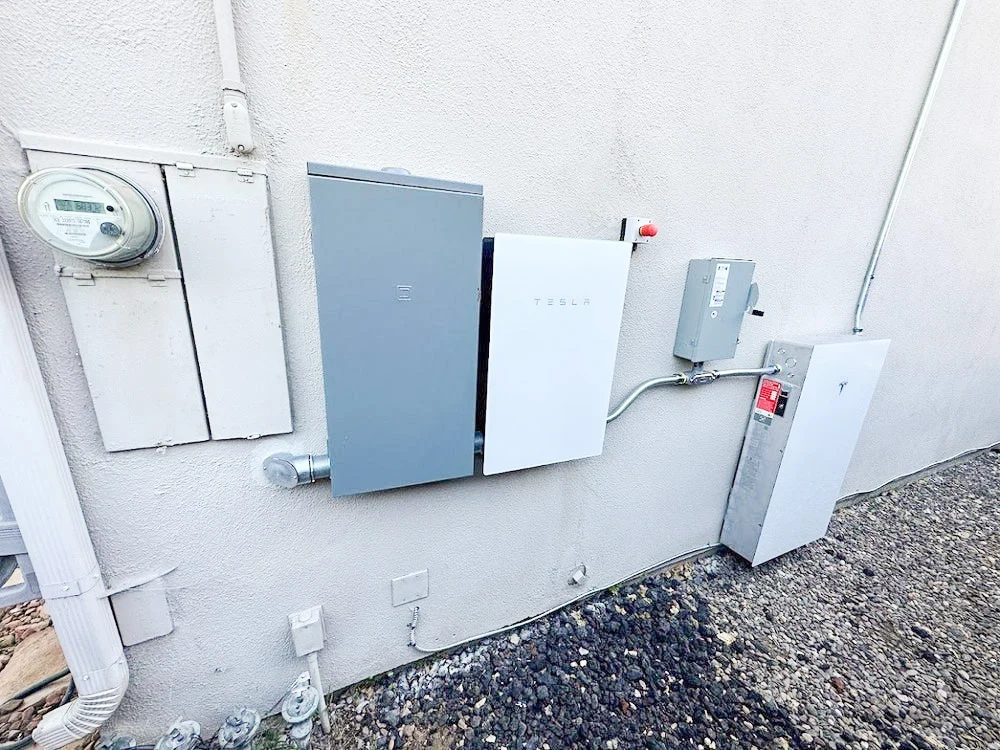
With the information we have so far, we can see the basic information with additional speculation, and can only wait until Tesla reveals more information on their newest Battery model. For more information about the Powerwall 3's specifications, check out our overview article.
“Watch this space” seems to be their catch cry. With Tesla who knows?

Even with the recent announcement of the Tesla Powerwall 3, the Powerwall 2 is still an extremely useful battery and will remain relevant
for years to come. Explore our solutions and learn more about the Tesla Powerwall 2.
Check out our latest Renewable Energy Articles below.
![AC vs. DC Electricity: What’s the Difference?⚡[Australia 2024]](/media/website_posts/76/Grid-energy-renewable.webp)
AC is used in appliances like fridges, washing machines, lighting, and fans, whilst DC is used in electronics like phones, and it's also used in every type of battery.

Tesla's innovating their ecosystem, with the release of Cybertruck, Powerwall 3, Virtual Power Plant, Powershare with Bi-directional charging for Vehicle-to-Home.
![How Australia Reached 40% Renewables⚡[Q4 2023 Statistics]](/media/website_posts/74/Sydney.webp)
In the new 2024 CEC report, they found that renewable contribution in the overall supply of energy in Australia, produced 40% of Australia’s total electrical supply.
![Energy Bill Still High Even With Solar?⚡Here's Why.. [2024]](/media/website_posts/73/Solar-panel-home-installation.webp)
Solar owners may be receiving higher energy bills than expected. Why is my bill still high after solar installation? Why are my solar panels not reducing my bill?
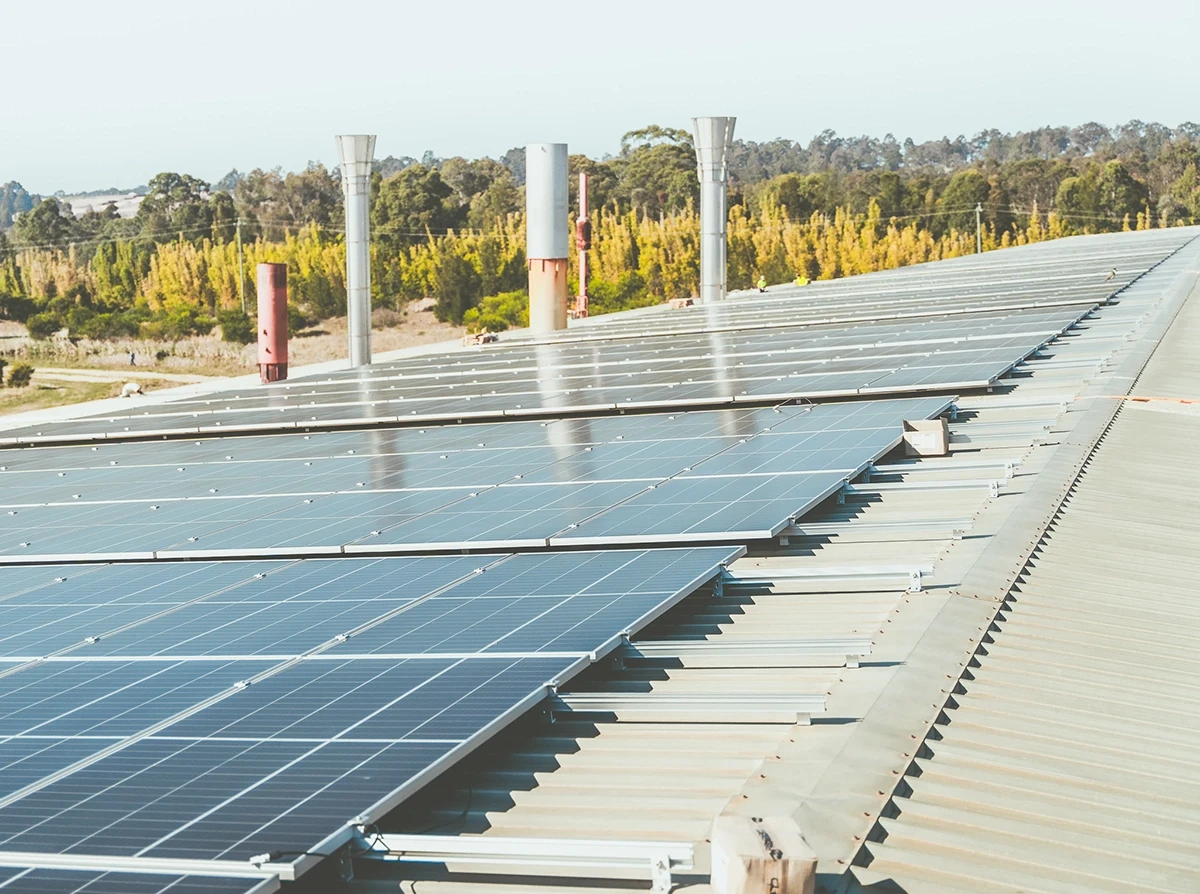
Is solar worth the switch in 2024? We believe so. 2024 holds many opportunities for properties to be powered by solar and to be reliant on sustainable energy.
Let's Chat!
Leave a Comment